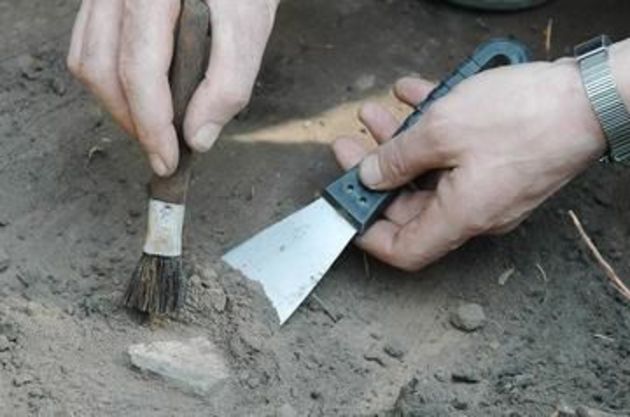Archaeologists uncovered a heavily traversed glacial mountain pass in Lendbreen, Norway utilized by travelers throughout the Viking Age, littered with hundreds of artifacts presumed to have been used by Vikings during that time period, according to a new study published by the Cambridge University Press on Wednesday.Due to the warming global climate, high-elevation ice patches and glaciers have recently yielded a myriad of historical finds for archaeologists to happen upon as they finally gain access to these areas after the layers of ice once covering them gradually melted away over time, The Jerusalem Post reports.
The survey of the area surrounding the glacial highway located on the Lendbreen ice patch uncovered over 800 artifacts, 150 sets of bones and antlers, over 100 cairns (man-made stone piles) and even the foundation of a shelter made of stone. The study authors add that Lendbreen glacial crossing was a "focal point" for regional travel starting from the Iron Age (1-400 CE) up until the end of the Middle Ages (1050-1537 CE).This is also the first such pass discovered in Scandanavia or Northern Europe for that matter, many others are currently being researched in North America. These passes "played key roles in [determining methods of] past mobility, facilitating and channeling transhumance, intra-regional travel and long-distance journeys," according to the authors.
The cairns were reportedly used as navigation points, sort of like trail markers, for non-local travelers unfamiliar with the terrain - meaning the pass was used by navigators coming from far and wide, not just the local constituency. The antlers and pelts represented trade outside of the area as these items are not found naturally within the mountain pass."Artifacts exposed by the melting ice indicate usage from CE 300–1500, with a peak in activity CE 1000 during the Viking Age—a time of increased mobility, political centralisation and growing trade and urbanisation in Northern Europe," the study authors said. "The site's exceptionally rich archaeological material illustrates a long-lived transhumance system in seasonally changing mountain terrain, and provides a model pertinent to the study of mountain passes globally."Historically, indigenous settlers of Norway used snow-covered glaciers as a common means of travel - mainly during the spring and summer months.






